-
Menu
- Plan Your Visit
- Meet The Animals
- Check Out Events
- Memberships
- About The Zoo
- Support the Zoo
- Conservation
- Education
- Groups & Private Events
- Zoo News
- Contact
- Zoo Store
- Indianapolis Prize
- Global Center for Species Survival
- Schedule
- Donate
- Membership
- Tickets

- Plan Your Visit
- Meet The Animals
- Check Out Events
- Memberships
- About The Zoo
- Support the Zoo
- Conservation
- Education
- Groups & Private Events
- Zoo News
- Contact
- Zoo Store
- Indianapolis Prize
- Global Center for Species Survival
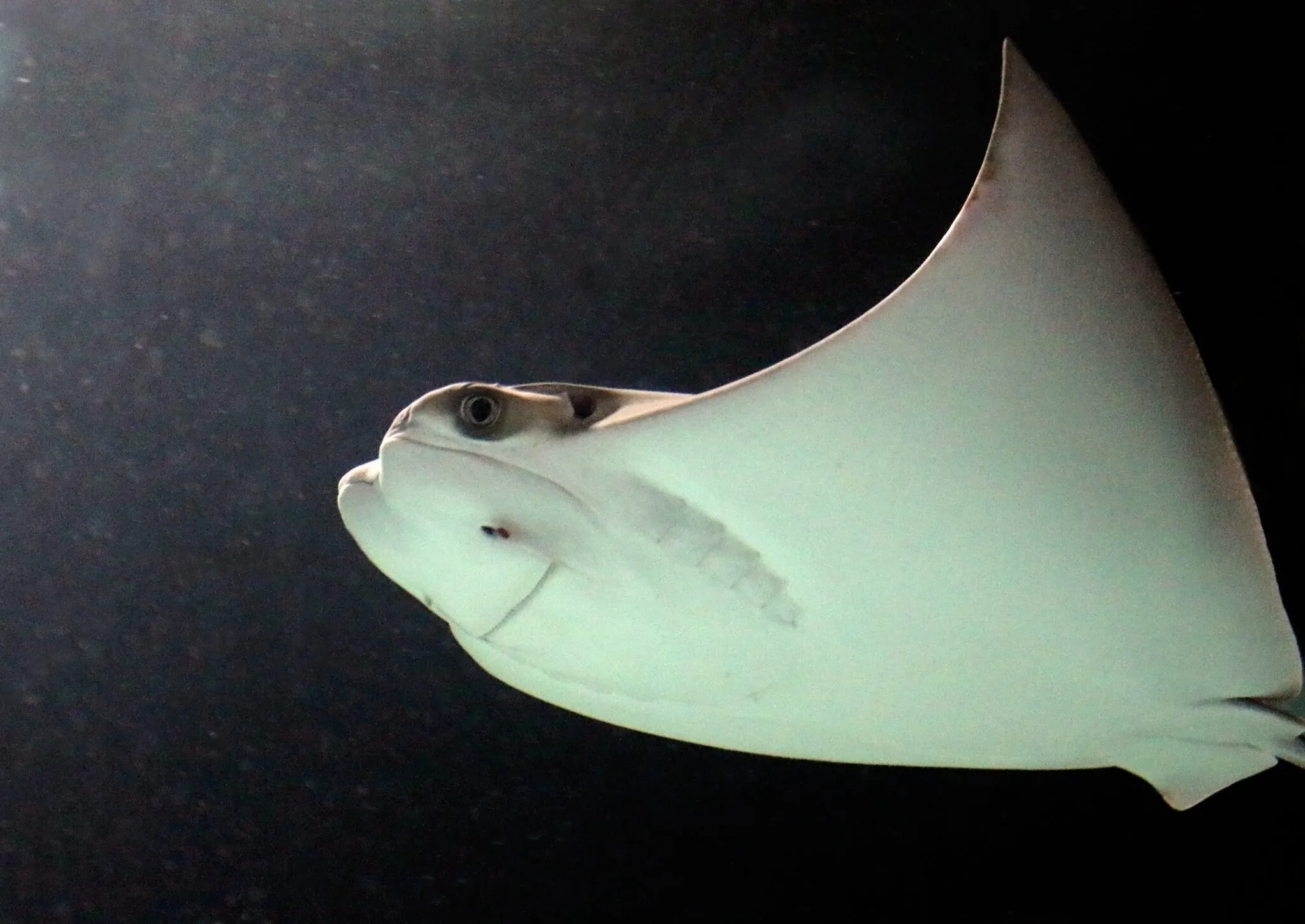
Rays
About
Rays are fish that have cartilage instead of bones to support their bodies. They are flat, burying themselves in sand along ocean bottoms by day and hunting for prey at night. A ray’s barbed tail is venomous, a great adaptation against predators. Like sharks, they can find their prey by detecting their electrical signals. They may also use electricity for navigation while swimming.
Some rays forage alone, seeking occasional protection or mates in small groups. Others may gather in schools of up to several thousand individuals, jumping and smacking the water to communicate with each other. Female rays give birth to one or more live pups after about up to a year of gestation, depending on the species. Pups are independent as soon as they’re born, looking like smaller versions of mom, but it takes several years for them to mature, and rays can live 20 years or longer.
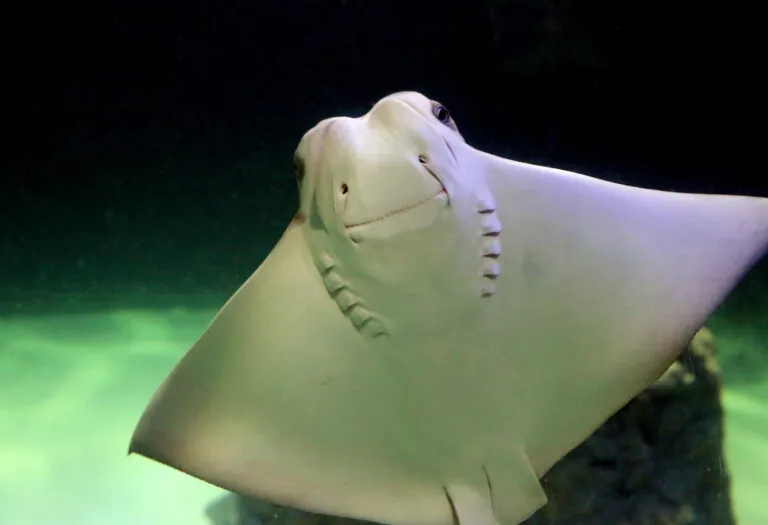
Conservation
Some rays are threatened with extinction. They can be caught accidentally through fishing practices, and their low reproductive rate makes it more likely that their populations drop quickly if many individuals are lost. You can help protect ocean wildlife by choosing sustainable seafood. The Seafood Watch program can teach you how!
WHERE ARE THEY AT THE ZOO?

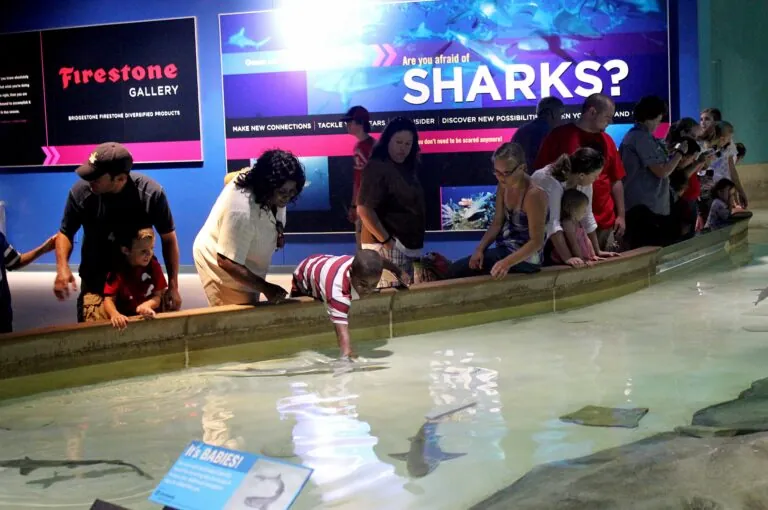
As you go through the Oceans exhibit, don’t miss the highlight of this experience — the Firestone Gallery featuring the nation’s largest shark touch pool.
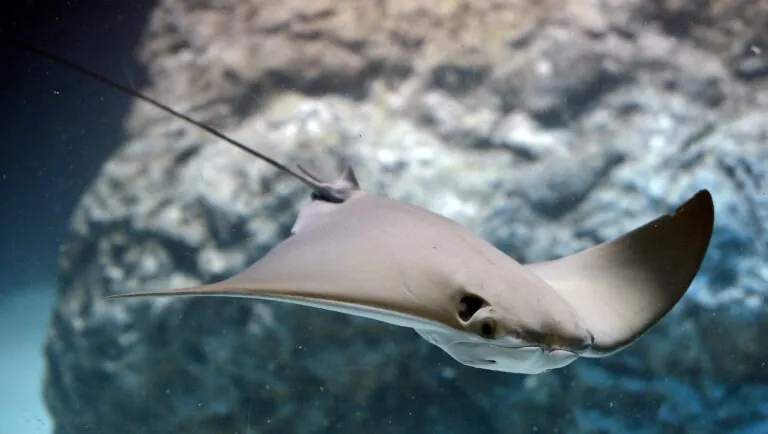
Cownose ray (Rhinoptera bonasus)
Beige with an indentation on the front of their head and a bump on either side.
IUCN Red List status: Vulnerable due to fishing industry and low reproductive rates
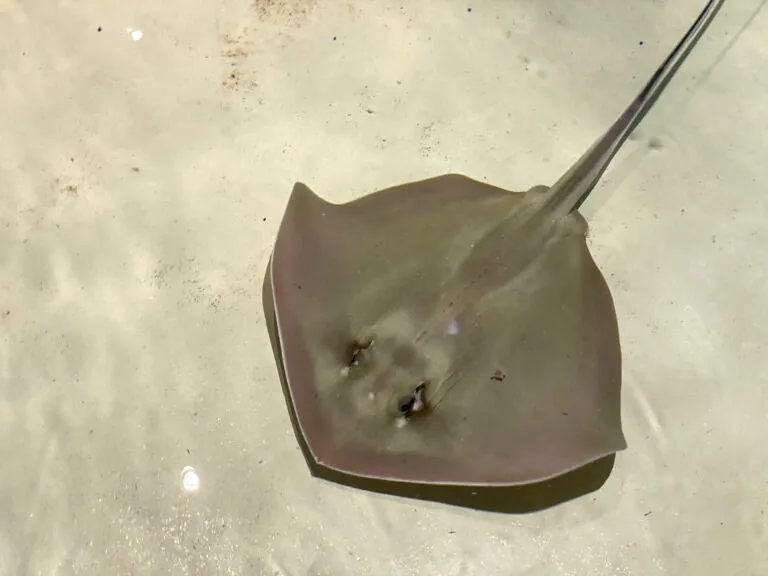
Southern stingray (Hypanus americanus)
Dark brown, flat rays with a white underside.
IUCN Red List status: Near Threatened due to fishing industry and habitat loss
